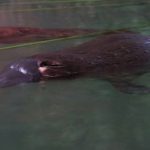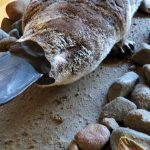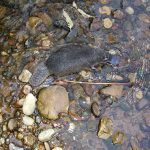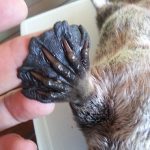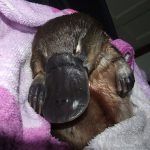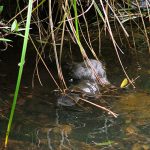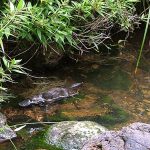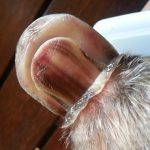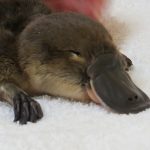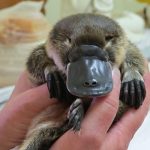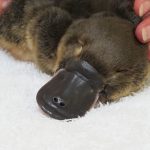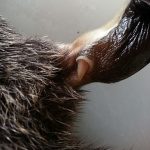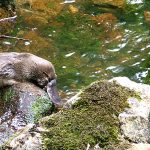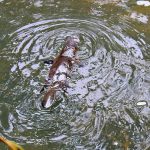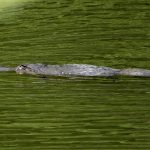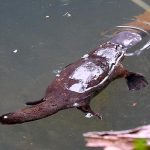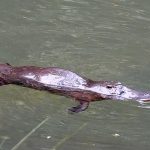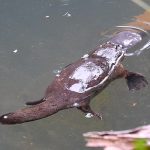PLATYPUS
The Platypus: Australia’s Most Extraordinary Animal
The Platypus (Ornithorhynchus anatinus) is one of nature’s most extraordinary creatures, often described as a living evolutionary marvel. Native to eastern Australia and Tasmania, the Platypus combines traits seen in otters, beavers, and ducks—yet it is a species entirely unique unto itself.
What Does a Platypus Look Like?
The Platypus is a small, semi-aquatic mammal with a body that resembles an otter’s, a broad flat tail like a beaver, and a distinctive duck-like bill.
- Fur: Its waterproof coat keeps it completely dry, even when submerged.
- Tail: Stores fat reserves and helps with swimming.
- Feet: The front feet are fully webbed for powerful swimming, while the back feet act as rudders and brakes.
The Platypus Bill: Its Most Iconic Feature
The bill of the Platypus is not just unusual—it’s a highly specialised sensory organ. Packed with electroreceptors, it detects the faint electrical signals of small prey underwater. This allows the Platypus to hunt effectively even with its eyes, ears, and nostrils closed while diving.
How Does a Platypus Hunt?
Platypus are expert divers. When searching for food, they gather small aquatic animals while scooping up silt and gravel along the riverbed.
- Diet: Insect larvae, worms, freshwater shrimp, and other invertebrates.
- Feeding behaviour: They store food in cheek pouches, then chew using tough grinding plates in place of teeth.
- Energy needs: A Platypus can consume up to 20% of its body weight daily—a very hungry hunter!
Where Do Platypus Live?
Platypus live in freshwater rivers, streams, and lakes across eastern Australia and Tasmania. They construct burrows along riverbanks for shelter and raising their young.
Platypus Reproduction: Eggs and Burrows
Platypus are egg-laying mammals, placing them among the rare group known as monotremes (alongside echidnas).
- Burrows: Females dig secure burrows along riverbanks, sealing them with soil and leaves.
- Eggs: Usually one or two eggs are laid. The mother incubates them by curling her body around them until they hatch after roughly two weeks.
- Hatchlings: Baby Platypus hatch tiny and vulnerable, relying entirely on their mother’s care.
Feeding Young: Milk Without Teats
A highly unusual feature of the Platypus is how the mother feeds her young. Instead of teats, milk is secreted through pores in her skin and absorbed from the fur on her abdomen. For about four to five months, baby platypus suckle this way until they are strong enough to venture into the water.
A Rare Mammalian Weapon
One intriguing fact about the Platypus is that male Platypus have venomous spurs on their hind legs. These spurs deliver venom strong enough to cause intense pain and swelling in humans, though it is not deadly. During the breeding season, males may use these venomous spurs in fights with rivals, making the platypus one of the few venomous mammals.
- Despite its odd appearance, the Platypus is perfectly adapted to its environment.
Platypus Teeth and Ancient Fossils
Platypus hatch from the egg using an egg tooth, but this is lost early in life and never replaced. Platypus chew their food with horny grinding plates. Fossil evidence reveals that their ancestors had well-developed teeth—further proof of the Platypus’s long evolutionary history.
Conservation: Why Platypus Are Under Threat
Despite their adaptability, Platypus face serious challenges today:
- Habitat destruction from land clearing and riverbank erosion.
- Water pollution affecting their prey and health.
- Entanglement in fishing nets leading to accidental deaths.
- Climate change causing droughts and reducing freshwater habitats.
Platypus are now listed as near-threatened. Conservation efforts—such as protecting waterways, restoring habitats, and reducing pollution—are essential to ensure that these unique animals continue to thrive.
Why the Platypus Fascinates Scientists
From its unique reproductive strategy to its unusual physical traits, the Platypus challenges our understanding of evolution and adaptation. It’s no wonder scientists often call it one of the most remarkable animals in the world.

